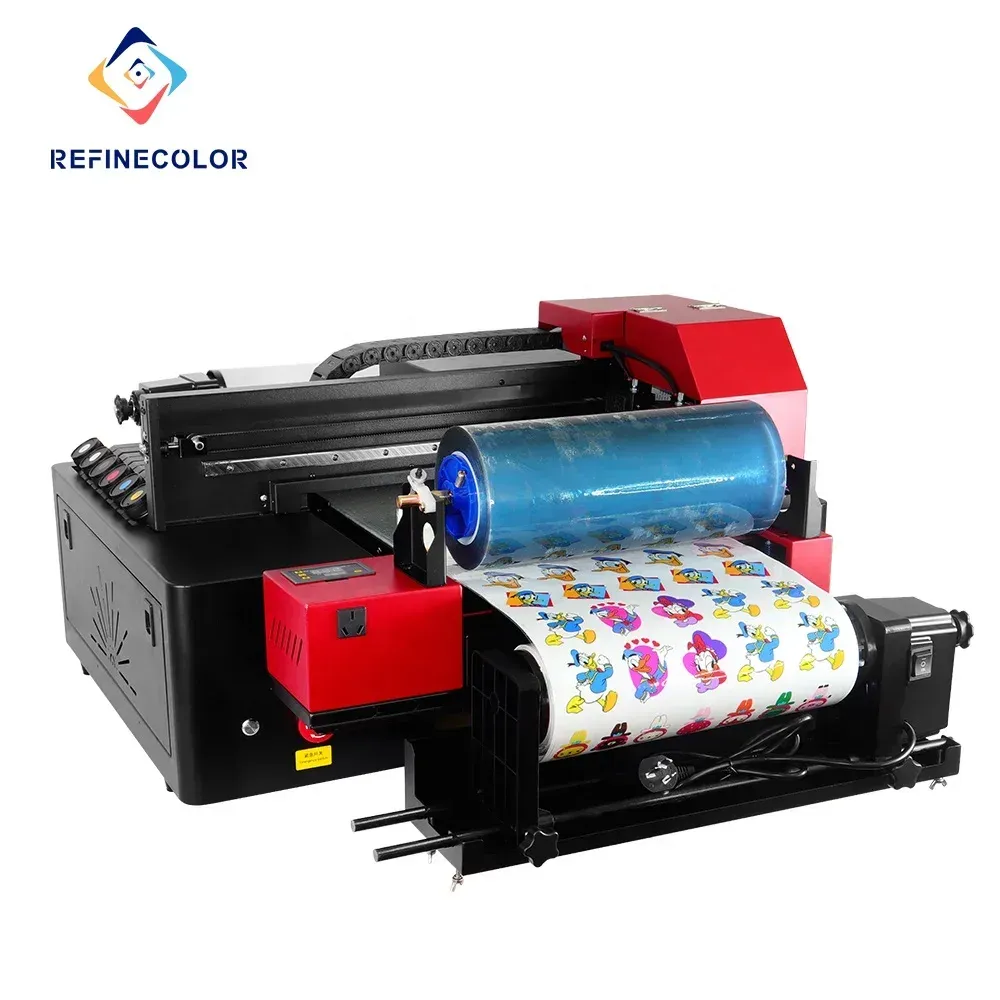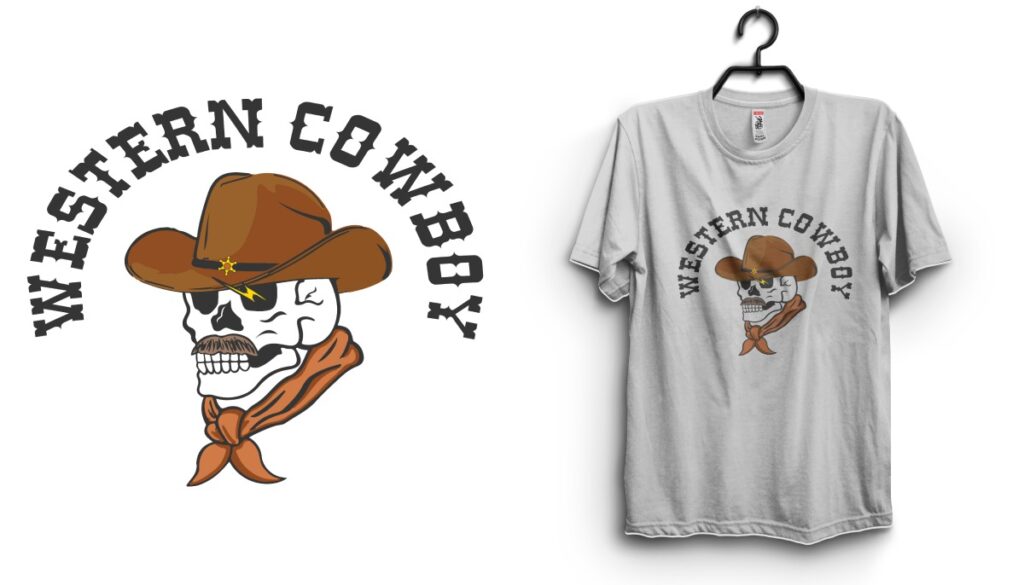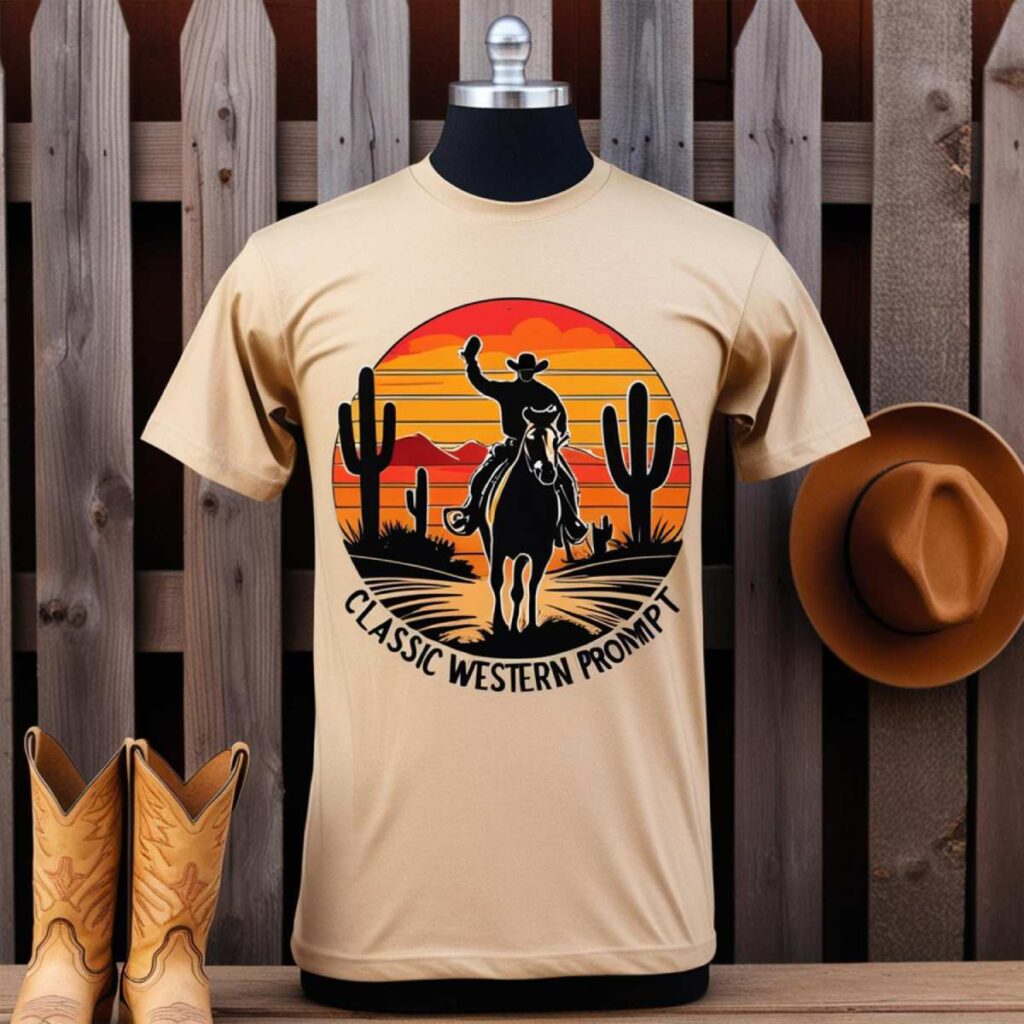UV DTF printing, or ultraviolet direct to film printing, is quickly becoming a game-changer in the printing industry. By leveraging cutting-edge technology that cures ink using ultraviolet light, UV DTF delivers unparalleled speed and quality compared to traditional methods. This innovative approach not only allows for vibrant and detailed prints but also caters to a wide variety of materials, from textiles to hard surfaces. As more businesses recognize the benefits of UV DTF, including its eco-friendly printing capabilities and reduced waste, it is increasingly seen as a preferred choice for high-quality printed materials. In this article, we will delve deeper into how UV DTF printing is driving technology trends and changing the landscape of modern printing.
Introducing direct-to-film ultraviolet printing, often referred to as UV DTF printing, this advanced printing technology employs the rapid curing of inks using ultraviolet light, setting a new standard in print production. This method is lauded for its efficiency and ability to produce high-quality prints across a diverse range of substrates, aligning perfectly with market demands for customization and quick turnaround. Many industries are turning to this innovative technique for its environmental benefits, such as lower volatile organic compound (VOC) emissions and reduced material waste. As the printing landscape evolves, the adoption of UV DTF technology reflects broader trends in sustainable and versatile printing solutions. In exploring this topic, we will highlight the significant advantages and practical applications of UV DTF, as well as its growing influence in the realm of modern printing.
Understanding UV DTF Printing Methodology
The UV direct to film (DTF) printing process has redefined traditional printing techniques by utilizing advanced technology that cures ink using ultraviolet light. This unique approach ensures that vibrant colors and intricate designs are achieved with remarkable precision, allowing print providers to cater to a broad spectrum of materials, including textiles, plastic, and hard surfaces. The ability to instantaneously cure ink sets UV DTF apart, as it not only enhances the quality of the prints but also speeds up production times, making it a game-changer in the competitive printing landscape.
In contrast to conventional printing methods that rely on conventional drying processes, which can be time-consuming and inefficient, the UV DTF method offers an unparalleled advantage in print production speed. This rapid curing process translates into quicker turnaround times for customers looking for urgent print requests, thereby enhancing the overall efficiency of print operations. Additionally, this shift towards a faster printing methodology aligns with current market demands for rapid production without compromising quality.
Eco-Friendly Aspects of UV DTF Printing
Environmental considerations are becoming increasingly important across various industries, and UV DTF printing rises to the challenge by using eco-friendly inks that produce minimal volatile organic compounds (VOCs). This characteristic makes UV DTF a favorable choice for businesses aiming to reduce their ecological footprint. As companies prioritize sustainability, the adoption of UV DTF technology showcases their commitment to environmentally responsible practices while maintaining high-quality output.
Moreover, the nature of UV DTF printing minimizes waste through its direct application method. Since prints can be made on a wide variety of substrates—including those that would otherwise require additional transfer materials—the overall consumption of resources is significantly reduced. This leads not only to a more sustainable production model but also to cost savings for businesses that emphasize efficient material use.
Versatility in Printing Applications with UV DTF
One of the standout features of UV DTF printing is its remarkable versatility, enabling businesses to print on an extensive range of materials. From soft fabrics like polyester and cotton to rigid substrates such as metal and plastic, UV DTF technology caters to varying aesthetic preferences across industries. This adaptability allows brands to create not just custom apparel but also promotional items, point-of-purchase displays, and even signage, making it a valuable tool for manufacturers looking to diversify their product offerings.
In addition to its material versatility, the durability of UV DTF prints is a significant selling point. Cured instantly through UV light, these prints resist fading, scratching, and peeling much more effectively than those produced through traditional methods. This resilience will lead to higher customer satisfaction, as the longevity of products directly correlates with their perceived value. As such, UV DTF printing enhances brand reputation and encourages repeat business, crucial components in a competitive marketplace.
Emerging Market Trends Influencing UV DTF Adoption
The rise in consumer demand for personalized and custom products is significantly influencing market trends, causing manufacturers to adopt innovative solutions like UV DTF printing. As consumers increasingly seek unique designs that reflect their individual styles, businesses that utilize UV DTF technology can respond by offering tailored prints in smaller runs. This trend not only meets the immediate needs of consumers but also opens new avenues for market expansion and engagement.
To stay ahead in this dynamic environment, many companies are making substantial investments in UV DTF technology. This progression reflects an acknowledgment that technological advancement is pivotal for maintaining competitiveness within the printing industry. Industry experts predict that the next few years will bring further innovations in UV DTF printing, expanding its potential applications and endorsing its role as a pivotal technology within modern printing strategies.
Navigating Challenges of UV DTF Technology
Despite its numerous advantages, businesses must carefully consider the challenges associated with the adoption of UV DTF technology. A notable hurdle is the initial investment required to purchase specialized equipment; high-quality UV DTF printers and materials often necessitate a substantial upfront financial commitment. However, many organizations find that the long-term benefits—such as reduced printing costs, increased productivity, and higher-quality final products—justify the initial outlay.
Additionally, there exists a learning curve when transitioning to UV DTF printing technology. Employees may require training to familiarize themselves with new machinery and the specific characteristics of UV inks. Investing in thorough training programs will ensure a smoother transition and bolster operational efficiency. Understanding these challenges is crucial for businesses looking to adopt UV DTF technology, as successful integration can lead to significant operational advancements.
Conclusion: The Future of Printing with UV DTF
In conclusion, UV direct to film printing stands at the forefront of a printing revolution, blending innovative technology with sustainable practices. By providing high-quality, customizable, and durable outputs, UV DTF addresses the changing demands of consumers and businesses alike. As the printing industry continually evolves, embracing such advancements will be paramount for companies aspiring to remain relevant and competitive.
The future of printing will undeniably be shaped by technologies like UV DTF, highlighting the balance between efficiency, quality, and environmental responsibility. As organizations increasingly adapt to this new era of printing, those who invest in UV DTF technology will not only meet the contemporary needs of their customers but also play a vital role in fostering a more sustainable and effective printing ecosystem.
Frequently Asked Questions
What is UV DTF printing and how does it work?
UV DTF printing, or UV direct to film printing, is an innovative printing technique that uses ultraviolet light to instantly cure ink on a special transfer film. This process allows for vibrant colors and intricate designs to be printed on various materials, including textiles and hard surfaces, ensuring high-quality outputs with rapid production times.
What are the key benefits of UV DTF printing for businesses?
The benefits of UV DTF printing include significantly reduced turnaround times, the use of eco-friendly inks with fewer VOCs, and the production of durable prints that resist fading and scratching. Additionally, this technology minimizes waste by eliminating unnecessary packaging and intermediate transfers, making it a cost-effective and sustainable option for businesses.
How does UV DTF printing compare to traditional printing methods?
Unlike traditional printing methods that rely on evaporation or absorption for ink drying, UV DTF printing cures ink instantly using ultraviolet light. This results in faster production speeds, higher quality prints, and greater versatility in printing on a wider range of materials, from fabrics to glass and metal.
Is UV DTF printing environmentally friendly?
Yes, UV DTF printing is considered eco-friendly due to its use of low-VOC inks that reduce harmful emissions compared to traditional solvent-based inks. Furthermore, the method minimizes waste by printing directly onto a variety of substrates, lessening the environmental impact of the printing process.
What materials can be used with UV DTF printing?
UV DTF printing can be utilized on a diverse range of materials, including cotton, polyester, glass, and metal. Its versatility makes it suitable for various applications, such as custom apparel, promotional products, and signage, catering to the unique needs of different industries.
What challenges might businesses face when adopting UV DTF printing technology?
While UV DTF printing presents numerous advantages, businesses may encounter challenges such as the initial investment in specialized equipment and a learning curve for staff. Training may be necessary to ensure employees can effectively operate the new technology and maximize its benefits for the production process.
| Key Features | Details |
|---|---|
| Introduction to UV DTF | UV DTF is a transformative printing technique using UV light to cure ink on transfer film. |
| Technology Overview | Cures ink instantly for vibrant designs on various substrates, enhancing speed and efficiency. |
| Environmental Benefits | Uses eco-friendly inks, reduces VOC emissions, lowers waste from transfers and packaging. |
| Versatility | Prints on wide materials including textiles and hard surfaces, ensuring durability. |
| Market Trends | Increasing demand for customization has led to investment in UV DTF technology. |
| Challenges | Initial high costs and the need for staff training in UV DTF operations. |
Summary
UV direct to film (DTF) printing is a groundbreaking printing technique that is revolutionizing the industry by offering rapid production times, enhanced print quality, and environmental sustainability. As businesses increasingly focus on efficiency and reducing their ecological footprint, UV DTF stands out as an innovative solution that allows for high-quality prints on various materials without the associated waste of traditional methods. The technology not only meets the rising consumer demand for customization but also provides durable, long-lasting prints that enhance customer satisfaction. By investing in UV DTF, companies position themselves favorably in a competitive market while contributing positively to environmental conservation.



